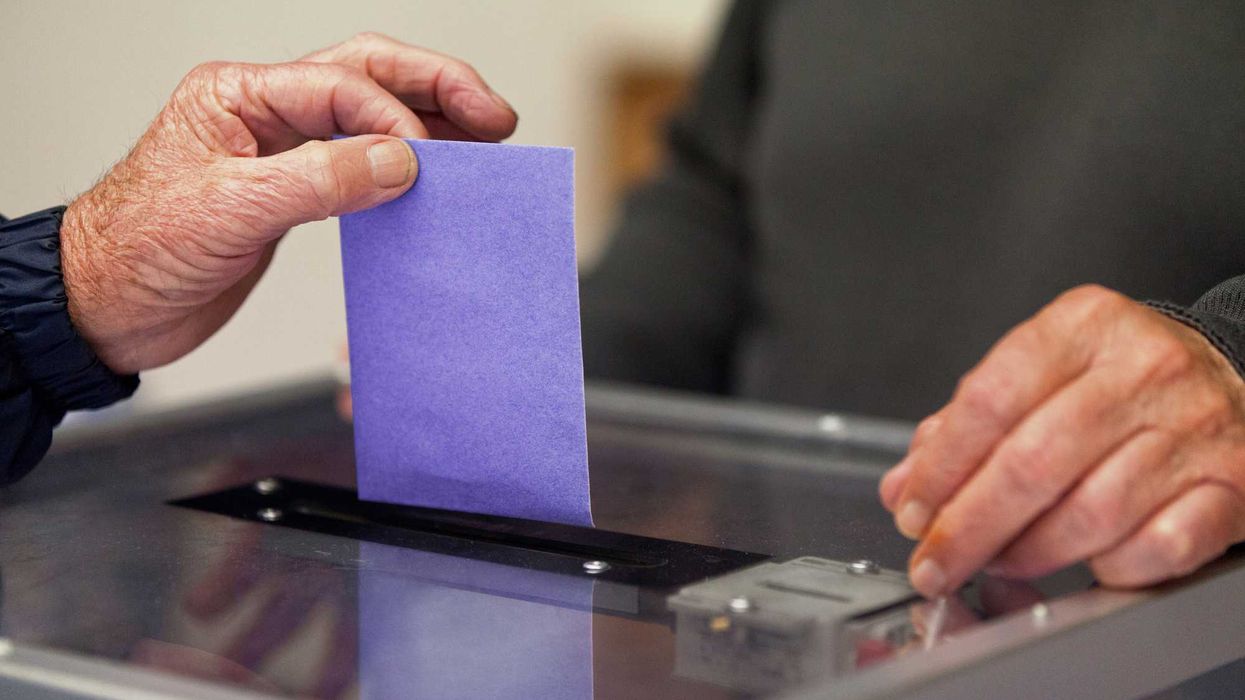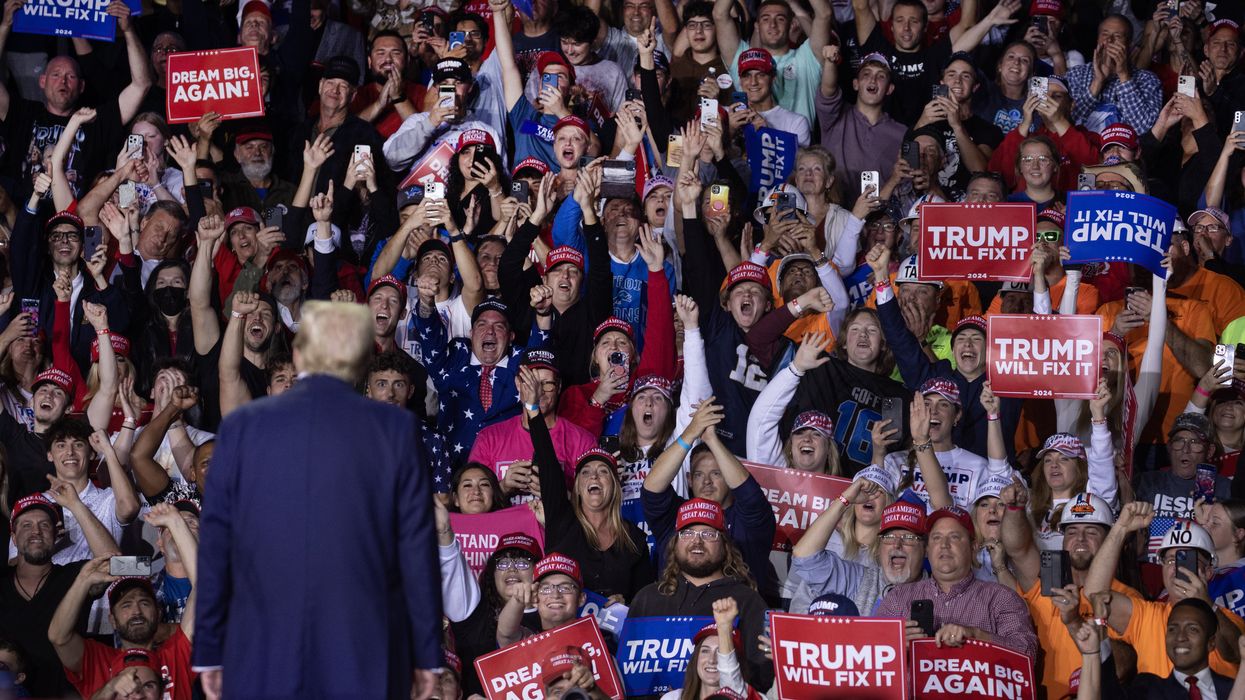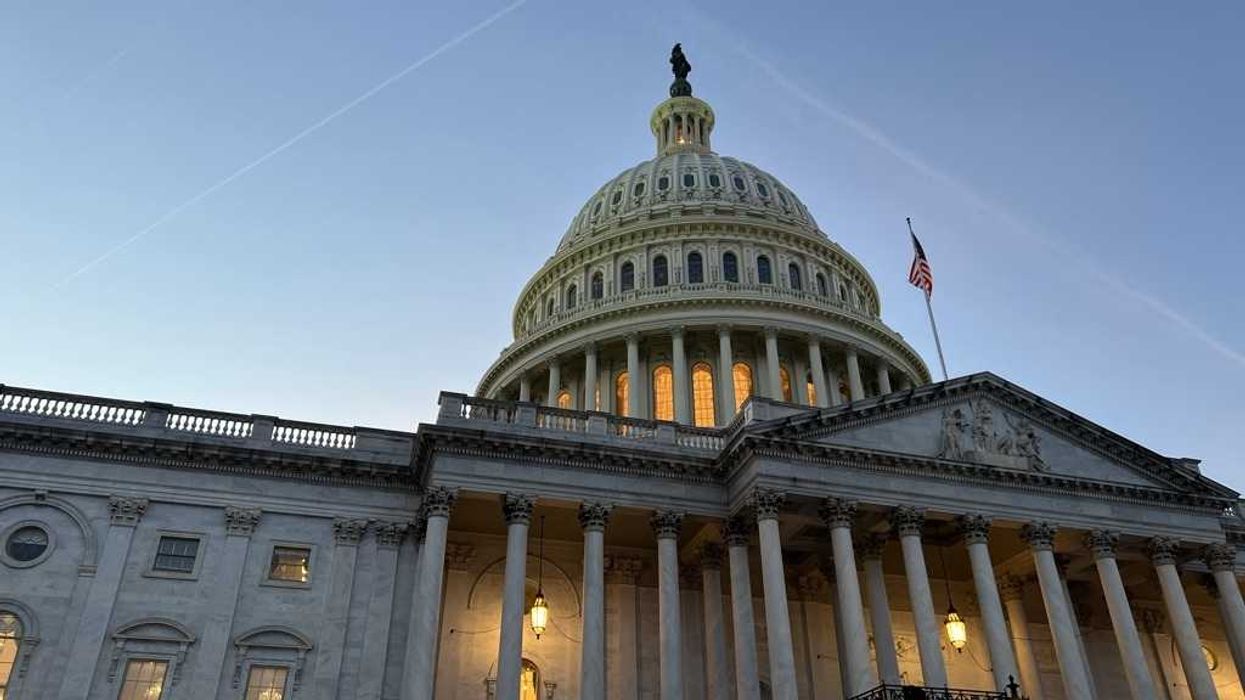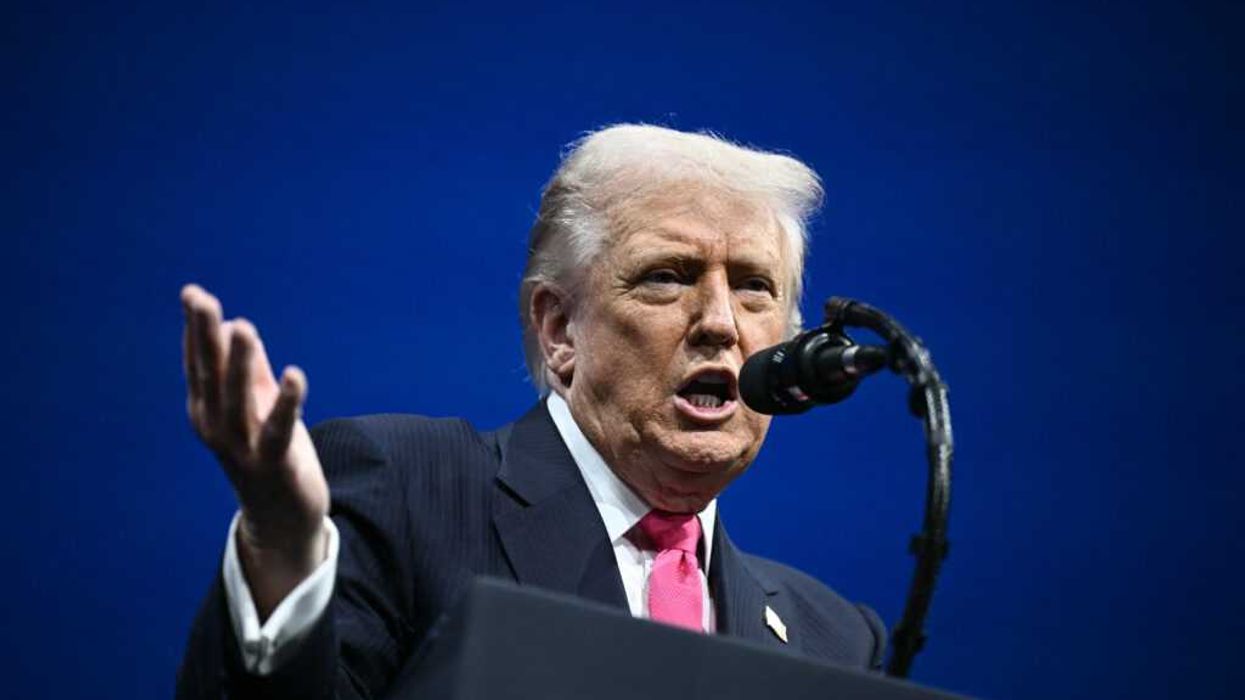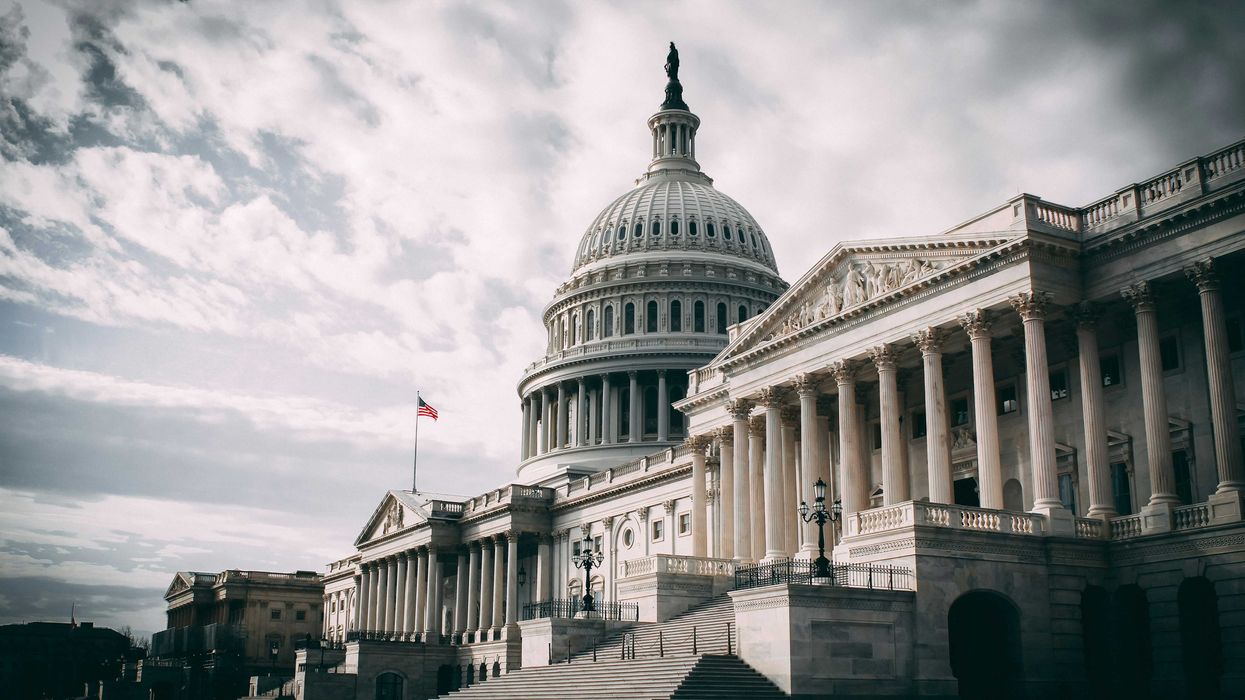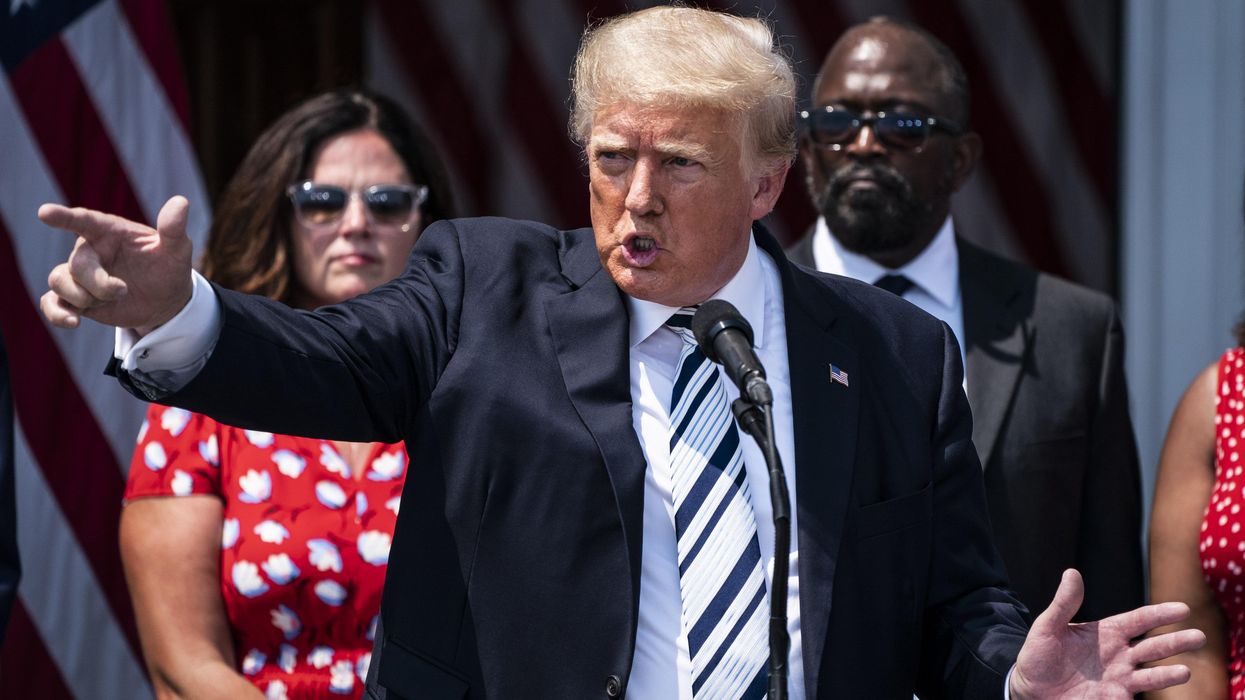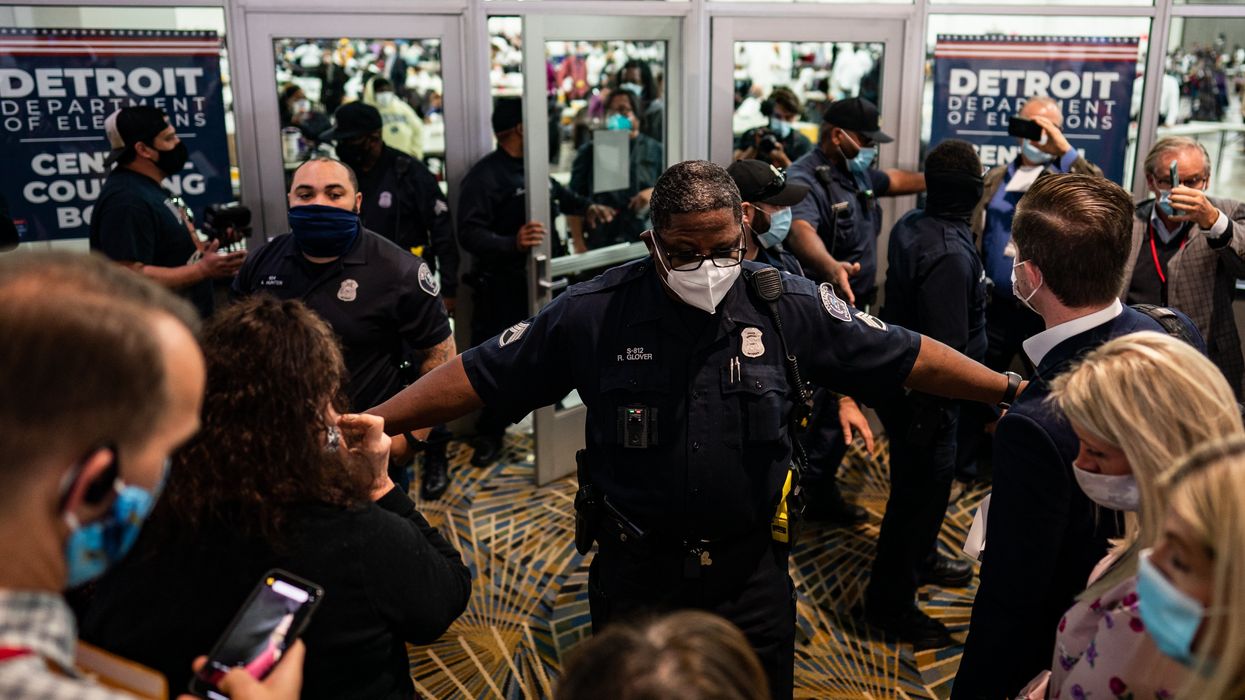Johnson is executive director of Election Reformers Network and a member of the U.S. Election Expert Study Team at The Carter Center.
As recent reporting has emphasized, elections in 2022 for secretary of state will feature well-funded “stop the steal” candidates who appear ready to undermine elections to help their side win. Similar threats are emerging at the local level, where most of the core election functions of registering voters, administering polling places and tabulating results take place.
These scenarios highlight a unique vulnerability of U.S. elections: the lack of safeguards against party or candidate loyalists holding important election administration positions.
Most senior U.S. election officials come to their posts through explicitly partisan processes, such as partisan elections. The vast majority of these officials rise above the flaws in the positions they hold and render impartial service, but this ethos is under threat. Widespread falsehoods about the 2020 elections have propelled candidates for election posts who are committed to redressing the perceived wrongs. This context argues for long overdue reform of state election leadership and incremental, targeted reform at the local level.
The country’s history of reform can help. In other fields, the U.S. has developed successful models for appointing impartial individuals to politically important positions. Judicial nominating commissions, which help appoint state judges, and independent redistricting commissions, which determine congressional and legislative district boundaries, can guide new approaches to how election officials are selected and operate. ( A report released today by Election Reformers Network and The Carter Center discusses these commissions and the lessons they offer for elections.)
Twenty-three states and the District of Columbia appoint supreme court justices with guidance from a judicial nominating commission, and another 10 states use these commissions in some manner. Commissions vet applicants and produce a short list of approved nominees, from which governors appoint state judges. In most states, commissions include independent, professionally relevant members, often appointed by state bar associations.
States could create election official nominating commissions to guide selection of secretaries of state or chief election officers, along with state election board members and prominent local election positions. These commissions could be structured to represent a range of stakeholders, including election officials, civic organizations, the Democratic and Republican parties, third parties, and independents. Commissions could short-list qualified independent professionals for these positions, and the governor, or a local authority, could pick from the list.
This approach would replace elections as the means to select these officials, a change that some will oppose. But there are good reasons why no other democracy in the world elects its election officials, and why so many states have dropped elections for judges. To illustrate the latter point, a 2001 survey found that nearly half of state judges agreed that campaign contributions impact judicial decisions. Decision-making by election officials can likewise be tainted by the partisan affiliation and fundraising those officials need to win an election.
An election official nominating commission could also help defuse emerging local areas of election risk. Georgia's new election law gives the State Election Board authority to remove local election officials, but is silent on how the board should select a replacement. The SEB could significantly reduce concern in the state by committing to refer any such replacement to a balanced nominating commission. Likewise, Michigan’s canvassing boards, with equal Democratic and Republican members, could gain an independent, tie-breaking member appointed through this process, to prevent deadlock.
Election boards or commissions help run elections in 18 states and thousands of counties, and the vast majority represent only the two leading parties. This structure implies that it is only Republican and Democratic interests that matter in election administration, not those of election officials, voters, independents or third parties.
Recently, the country has seen inspiring experiments with more diverse representative bodies in the independent commissions that led redistricting in Arizona, California, Colorado and Michigan. Election boards could learn a lot from these redistricting commissions, such as how to appoint members affiliated with political parties but not controlled by them.
Judicial nominating commissions and independent redistricting commissions also offer an important structural lesson: both are constitutionally protected from encroachment by state legislatures. Reforms to state election boards and to secretaries of state making those entities impartial and independent should also protect their areas of authority to run elections. These steps can help set the needed equilibrium between legislatures, which decide broad election policy, and election officials, who control implementation of that policy.
2020 was a banner year for U.S. election administrators, who successfully delivered safe and fair elections in extremely challenging circumstances. Unfortunately, 2020 also launched some of the most extreme election-related polarization the country has ever seen. This context means the reform of our partisan election administration can no longer be delayed. Fortunately, proven models can guide us toward more trusted and secure election administration.







